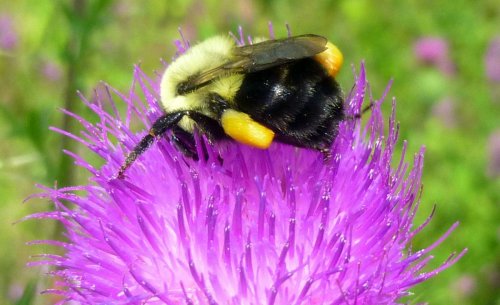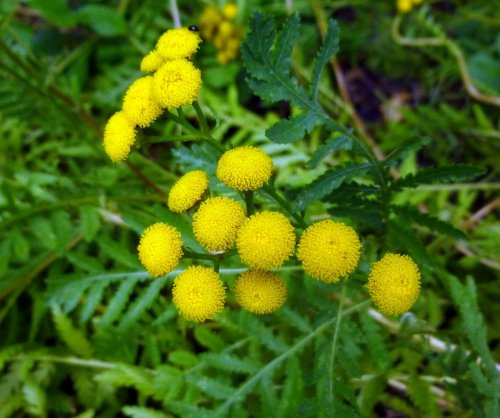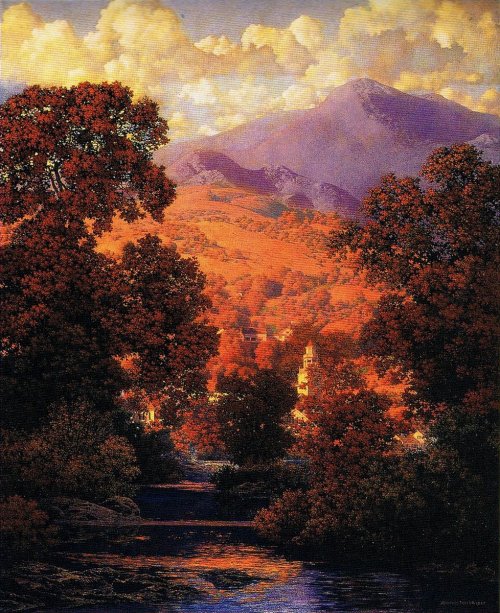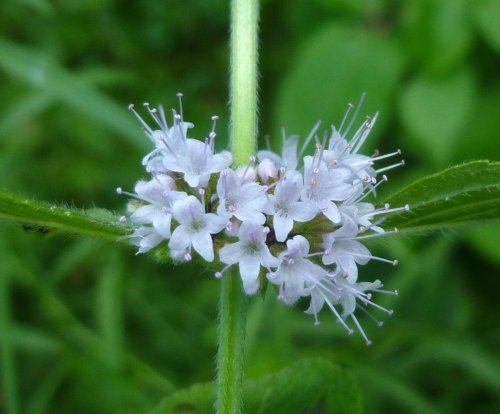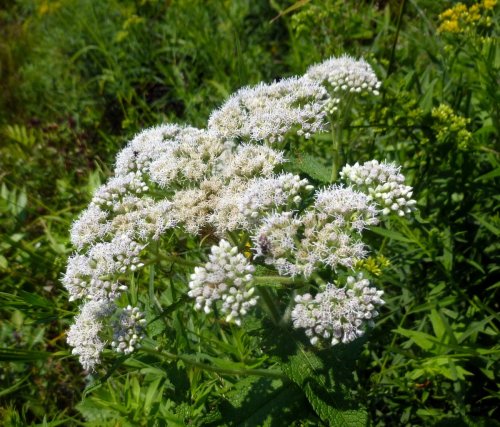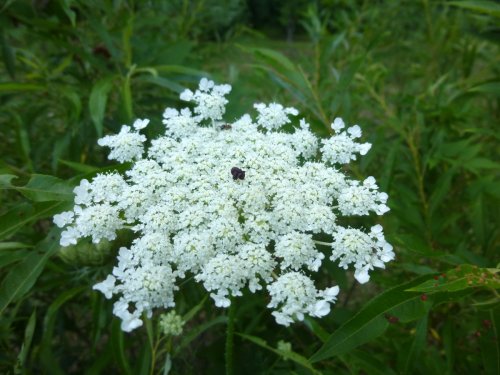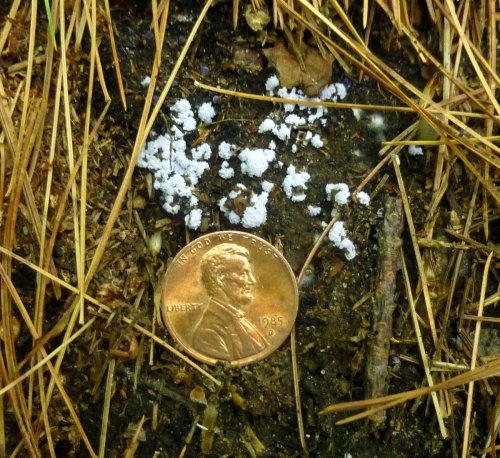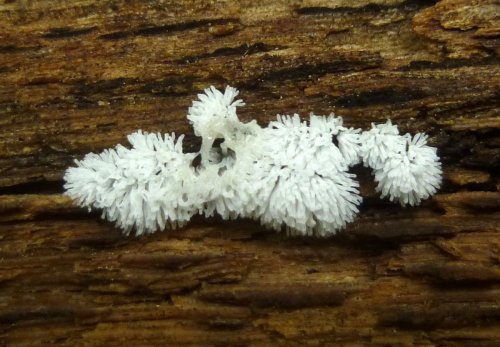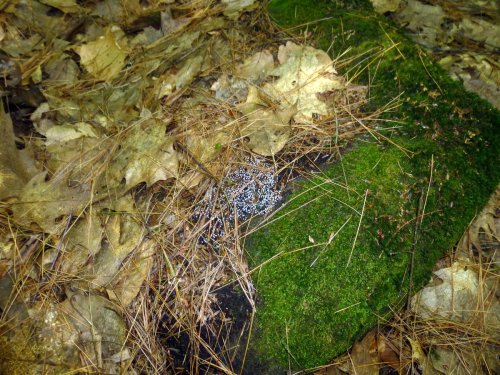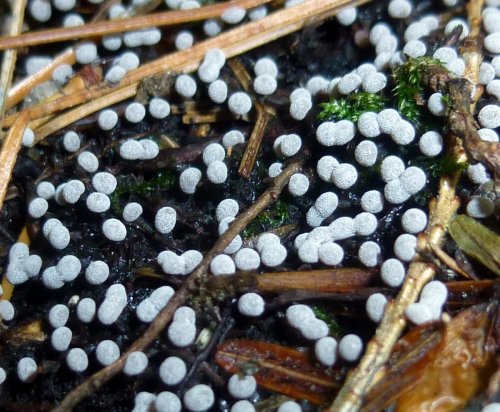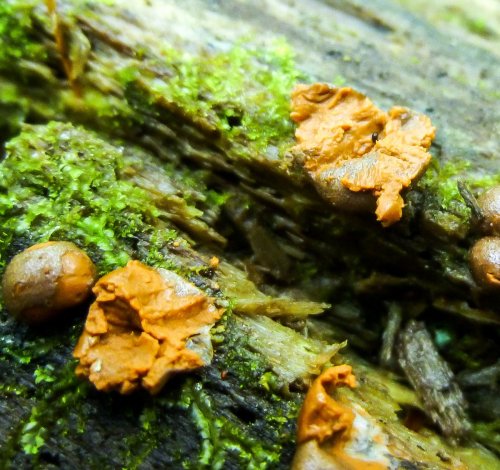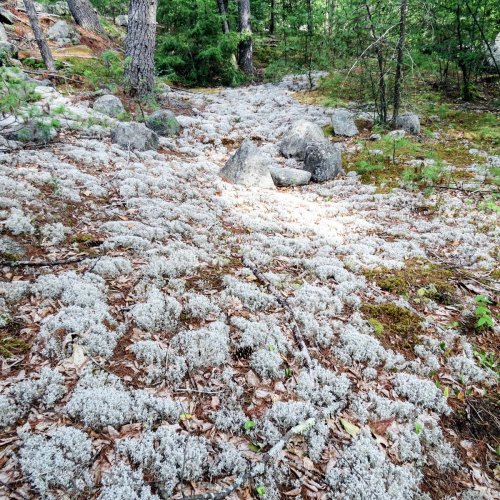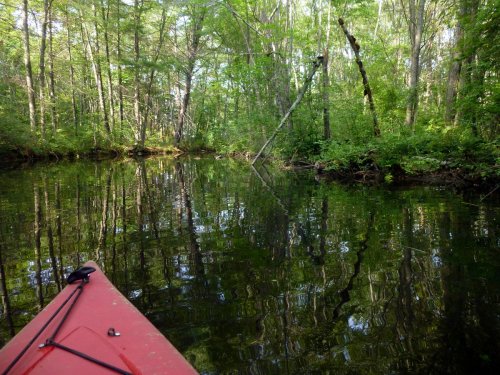Goldenrod and purple loosestrife dominate this meadow view but we still have a lot of other flowers blooming.
I’m seeing more and more native asters each day, blooming to usher in fall. I think this one might be a crooked stemmed aster (Symphyotrichum prenanthoide) but there are so many asters that look alike it’s hard to be sure. At about a half inch diameter the flowers are too small to be a New England Aster. I found it growing in a wet area at the edge of the forest.
Surely black eyed Susan (Rudbeckia hirta) must be one of the longest blooming flowers. They’ve been blooming since June and should go well into October. Native Americans cured earaches with the juice of its root, but early colonists gave it its common name after an old English poem by John Gay about a woman called Black Eyed Susan.
Nodding smartweed (Persicaria lapathifolia) gets its common name from its drooping flower heads and the very sharp, peppery taste of the stems, which makes the tongue smart. It doesn’t seem to bother ducks, geese, and all of the other animals that eat it, though. This is also called curly top smartweed; obviously because of the way the long flower spikes droop. It is originally from Europe.
Each nodding smartweed flower spike is made up of many pink to white, very small flowers. The flowers never fully open, which can make it hard to count any of their reproductive parts, but each one has 5 sepals and no petals. There are also six stamens, two partially fused carpels and two styles.
Lady’s thumb is another Persicaria; (Persicaria maculosa.) It looks a lot like its cousin nodding smartweed but instead of growing near water this one will be found growing at forest edges. It is originally from Europe and has spread to nearly every state since 1843.
Lady’s thumb gets its common name from the dark spot that appears on each leaf. Legend has it that a lady with a dirty thumb (apparently) left the smudge-like mark on a leaf and it has been there ever since.
A bee on a spear thistle flower head (Cirsium vulgare) isn’t unusual but I never knew that the pollen from this plant was orange. According to the little pollen baskets on this bumblebee’s legs, it is.
It was getting dark when I took this photo of blue vervain on the banks of the Ashuelot River. It came out looking kind of moody but the vervain flowers still held their beautiful blue color and that’s what I was after. These plants are nearly done for the season now. I’ll miss seeing my favorite color flowers.
I see thousands of examples of yellow hawkweed for every one orange hawkweed (Pilosella aurantiaca) and I’m not sure why that is. The plant might be from Europe but it’s far from invasive. Maybe their scarcity is due to the color orange being virtually invisible to bees. They do reflect ultraviolet light though, so that means that some insects must find them.
The last time I did a flower post I had found some wild mint (Mentha arvensis.) This time I found some spearmint (Mentha spicata) growing at the edge of the woods. Like wild mint spearmint has been used since recorded time both medicinally and as a flavoring. Pliny wrote of it and the ancient Romans cultivated it to scent their bath water. Spearmint is originally from Europe but the pilgrims brought it on their first trip to America, so valuable was the plant to them.
Instead of growing in the leaf axils as they do on wild mint, spearmint flowers appear at the top of the stem. They are said to be pink or white but these were white, blue, pink and lavender. I wish I could send you their scent because it was refreshing on a hot summer day. I’m not sure what the hair or web on the flower was. I didn’t see it until I looked at the photo.
Slender gerardia (Agalinis tenuifolia) reaches ankle height here but I’ve heard that it can reach 2 feet. The tiny purple flowers would be easy to miss if it weren’t for the large numbers of them on each willow leaved plant. It has the odd habit of dropping all its flowers each afternoon and opening a new crop the next morning, so you have to catch it before noon if you want to see unblemished blooms. This plant is also called false foxglove and slender leaved foxglove but I see little resemblance to foxgloves, either in flowers or foliage.
I don’t see too many mallow plants in or out of gardens so I was surprised recently to find this musk mallow (Malva moschata) growing on a roadside. Since it’s another plant that is originally from Europe it was proabably a garden escapee, but you could hardly call mallows invasive. I see them once in a blue moon. I thought this one was pink but my color finding software sees lavender.
Tansy (Tanacetum vulgare) is another European native that most likely came over on the earliest British ships because it was an important medicinal plant that was considered to be “necessary for a garden” in sixteenth century Britain, according to a list of plants compiled by John H. Harvey called Garden Plants of Around 1525: The Fromond List. Though considered toxic it was used to treat parasitic worm infestations. The insect repellant qualities of tansy were well known and it was used to discourage flies and other pests indoors, and as a companion plant in the garden where it repelled cucumber beetles and other common garden insects. It is still used as an insect repellant today.
Native wild cucumber (Echinocystis lobata) is a late summer blooming vine that climbs on shrubs and trees. It likes to grow in sandy soil and prefers shade over full sun. The flower spikes (Racemes) grow to 6 inches or more all along the main stem. These plants are annuals and grow from seed each year.
The greenish white, star shaped male flowers of wild cucumber have 6 petals that are twisted slightly. The female flowers are yellowish green and not at all showy. They grow at the base of the male flower stems. There is usually only one female flower for every 5 or 6 male flowers, which is why there are so few fruits seen on each vine.
I like the spiny fruit of the wild cucumber, which had formed just days before I took this photo. I also like its spiraling tendrils that curl even when they have nothing to curl around.
We can only be said to be alive in those moments when our hearts are conscious of our treasures. ~Thornton Wilder
Thanks for stopping in.







